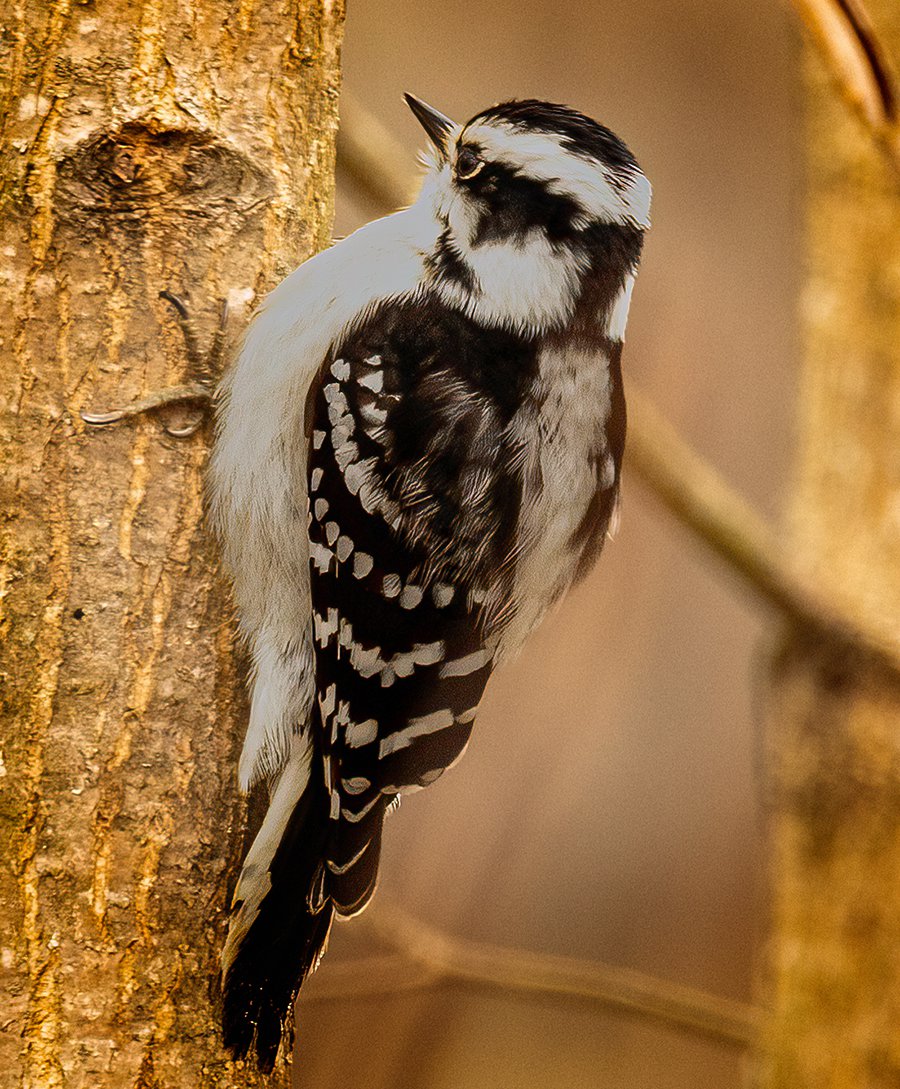Exploring Woodpeckers in Florida Habitats: Where to Spot These Birds
Exploring Woodpeckers in Florida Habitats: Where to Spot These Birds
Blog Article
Discover the Fascinating World of Woodpeckers: Whatever You Required to Know
The world of woodpeckers is a world filled up with unique behaviors, intricate adaptations, and a diverse array of types. From their habitats and circulation patterns to their feeding practices and specialized physiological features, woodpeckers have long mesmerized the passion of ornithologists and nature fanatics alike. Recognizing the intricacies of these remarkable birds gives a peek right into the complex interplay between their biology and the atmosphere. As we check out the globe of woodpeckers additionally, we uncover a wide range of information that drops light on their importance in communities and the difficulties they encounter in an ever-changing world.
Woodpecker Habitats and Circulation
Woodpeckers populate a varied array of environments worldwide, showcasing flexibility in their circulation patterns. These durable birds are found in forests, woodlands, savannas, and deserts throughout different continents, showing their capacity to grow in different climatic conditions. In North America, for instance, woodpeckers can be found in both coniferous and deciduous woodlands, using their strong beaks to forage for pests and produce nesting dental caries in trees. Similarly, in Africa, particular woodpecker types have actually adjusted to arid atmospheres, such as the acacia woodlands, where they play a critical function in managing insect populations.

Feeding Behaviors and Diet Regimen
Amongst the numerous facets of their actions, woodpeckers show distinctive feeding behaviors and dietary choices. These birds are mostly insectivores, with a diet plan that consists of ants, beetles, caterpillars, and other insects located in trees. Woodpeckers utilize their strong beaks to drill right into the bark of trees, penetrating for insects and larvae concealed below the surface area. Along with pests, woodpeckers additionally take in nuts, seeds, fruits, and sap. Some types have actually specialized tongues with barbed tips that help them extract bugs from holes in wood.
Woodpeckers are recognized for click reference their drumming actions, which serves not only to connect with various other woodpeckers yet likewise to find food. The rapid drumming sound is developed by the bird pecking on resonant surfaces like dead trees or metal posts. This habits can draw in insects concealed in the wood, allowing the woodpecker to spot their presence and feed on them.
One-of-a-kind Adjustments for Tree Climbing
In their adept quest of bugs concealed within tree bark, woodpeckers have actually developed exceptional physiological attributes that outfit them with unique adaptations for reliable tree climbing. Woodpeckers have solid neck muscles and a distinct skull structure that take in the effect of continuous pecking, allowing them to climb vertically without causing harm to their brains. These adaptations showcase the amazing evolutionary design that enables woodpeckers to navigate trees with precision and efficiency.
Diverse Woodpecker Species Worldwide
With over 200 different varieties spread throughout different habitats worldwide, the family of Picidae encompasses an amazing diversity of woodpeckers. These birds can be found in forests, forests, savannas, and even urban locations, showcasing their flexibility to various atmospheres. From the renowned Northern Flicker in The United States And Canada to the colorful and evasive Crimson-backed Flameback in Asia, each woodpecker types exhibits unique attributes in regards to quill, habits, and habitat choice.
Woodpeckers differ significantly in size, with the petite Downy Woodpecker measuring around 6-7 inches in length, while the effective Lineated Woodpecker can rise to 17 inches - Woodpeckers in Florida. Their beaks also come in various sizes and shapes, reflecting their feeding behaviors. Some types focus on extracting pests from tree bark, like the Acorn Woodpecker, while others, such find more info as the Black-cheeked Woodpecker, feed upon fruits and seeds

Preservation Initiatives and Challenges
Preservation initiatives for woodpecker populations are essential in alleviating the effect of habitat loss and other risks encountering these diverse bird varieties. Woodpeckers encounter numerous challenges to their survival, largely because of deforestation, urbanization, climate adjustment, and invasive species. To address these issues, conservation efforts concentrate on safeguarding and bring back woodpecker environments, carrying out lasting forestry techniques, and elevating recognition concerning the relevance of these birds in ecosystems.
One significant obstacle in woodpecker preservation is the fragmentation of their environments, causing separated populaces that are more at risk to termination - Woodpeckers in Florida. Guardians work to produce wildlife corridors click to read more and safeguarded areas that link these fragmented habitats, allowing woodpeckers to move in between different areas for feeding, reproducing, and sanctuary

Final Thought
In conclusion, woodpeckers are fascinating birds with unique adaptations for tree climbing and feeding actions. More study and preservation actions are needed to ensure the survival of woodpeckers in the wild.
Report this page